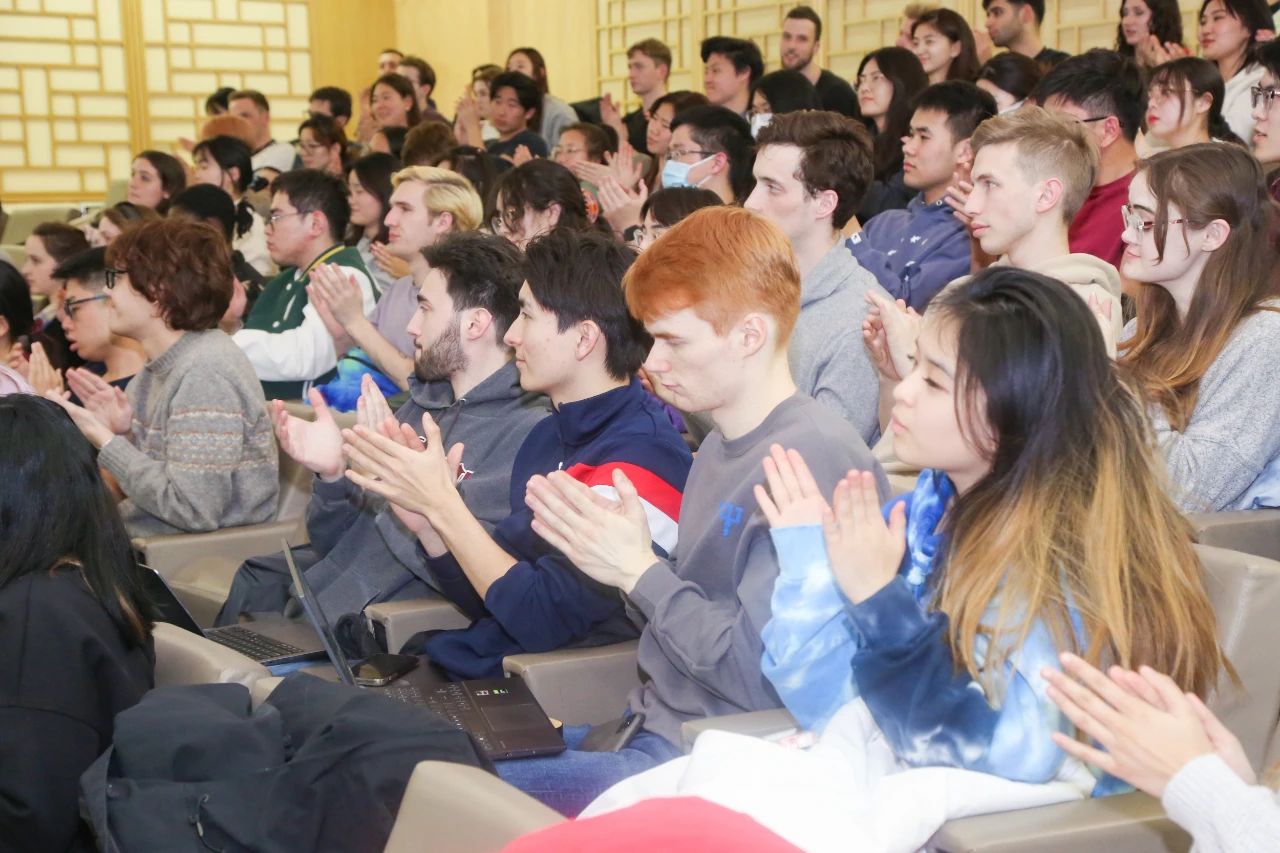On February 22, Dr. Zhao Hao from the Peking University School of Archaeology and Museology and Peking University Sanxingdui Archaeology Team delivered a lecture at Yenching Academy’s fifth class of the 2022-20223 China Studies Lecture Series titled “Archaeological Discoveries at Sanxingdui and the Bronze Age of Sichuan Basin”. The class was hosted by Yenching Academy Director of Graduate Studies Lu Yang. The class aimed to discuss the significance of the Sanxingdui site for understanding the diversity of ancient Chinese civilizations in the Yangtze River belt during the pre-Qin period and prepare the Scholars for what to anticipate for their field study in Chengdu later this summer.
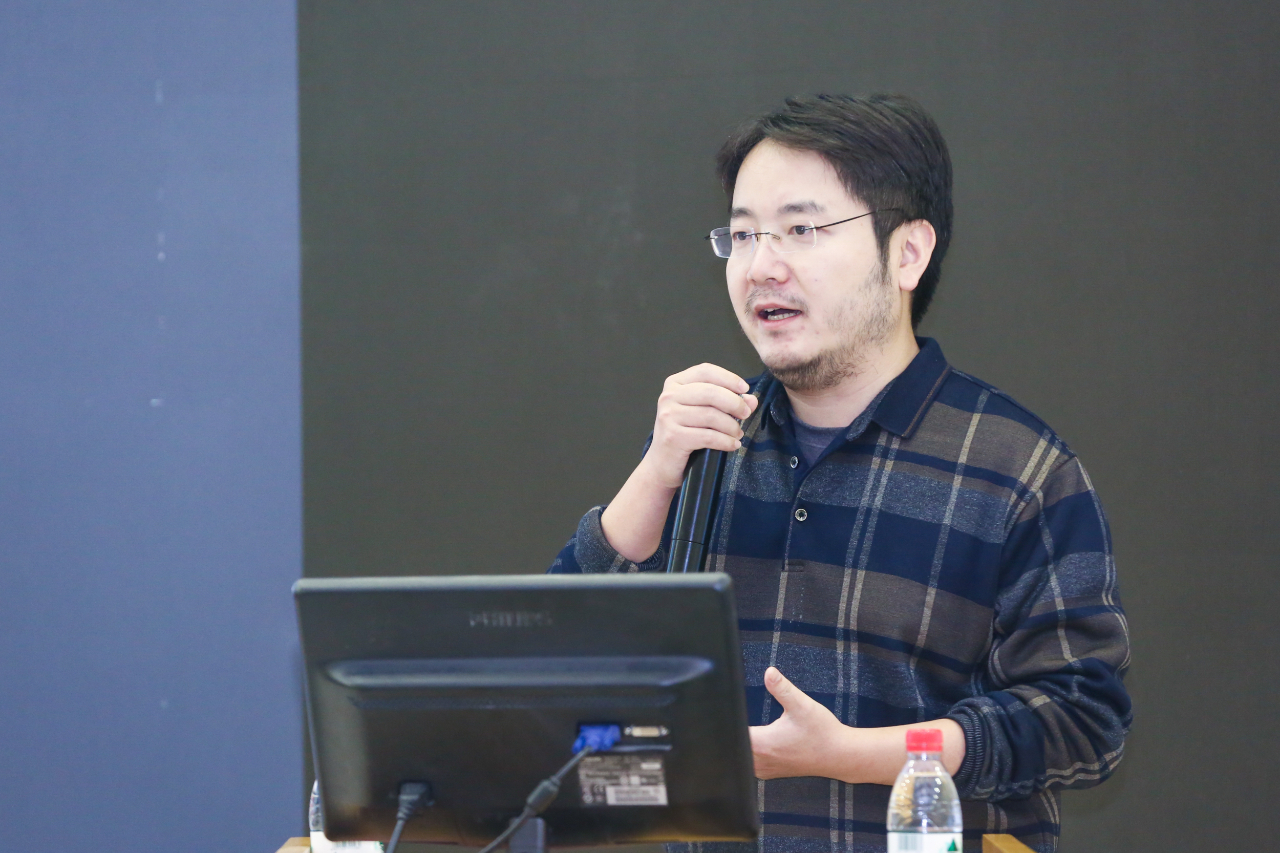
Dr. Zhao presented a historical and geological background to the Sanxingdui Ruins in the Sichuan Basin. Since a farmer discovered a collection of ancient jades in Guanghan City, Sichuan Province, in 1929, archaeologists have delved into analyzing and understanding the fascinating history, culture, and people of Sanxingdui through the remains at the sacrificial pits. Besides, the unearthing of thousands of relics – gold, bronze, jade, and pottery – through major excavation works in 1986 and the discovery of what is believed to be a 5000-year-old settlement near Sanxingdui in July 2020 provide further clues into the Sanxingdui culture.
Dr. Zhao explained that the geography of the Sichuan Basin shows it was somewhat isolated from the outer region due to the large clusters of surrounding mountains – the Qinling Mountain, Tibetan Plateau, the Three Gorges, and the Wumeng Mountain located on the north, west, east and south, respectively. Hence, there is the possibility of limited contact with other groups. Dr. Zhao noted that different parts of China have different kinds of artefacts, which means the possibility of varying civilizations, adding that the materials from the sacrificial pits are believed to be remnants of the ancient Shu kingdom that existed during the Warring States period. Nonetheless, descriptions of the ancient Shu region date from the Han dynasty, and there is almost no documentation from the same period. Thus, research on the Sanxingdui sites is pertinent to understanding ancient Chinese civilizations to provide concrete records for future explorations.
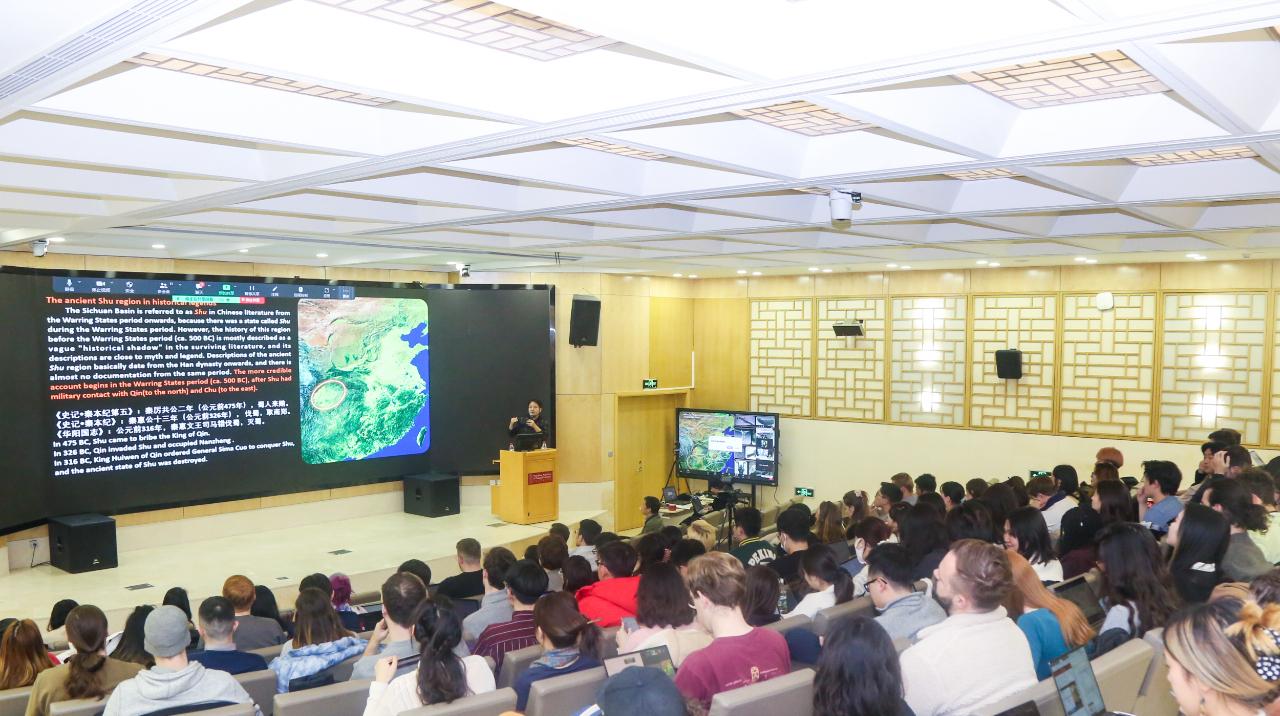
Sanxingdui ancient city is one the largest urban site in southwest China, traceable to the pre-Qin period. Dr. Zhao also mentioned that archaeologists had found evidence of a walled city at the site and three smaller walled zones or towns within the city that may have had different functions. In addition, the site had a palatial area – a place for political and other important ceremonies.
Thousands of artefacts have been unearthed at the Sanxingdui sacrificial pits, including items made of bronze, jade, gold, ivory, and ceramic. Dr. Zhao explained that the sites are called “sacrificial pits” because no human body has been found therein, and the layered arrangement of the items suggests a sense of a spiritual ceremony done with reverence to a deity. The layered items can also help researchers deduce the general class sequence of the tomb owner. Besides, the regional characteristics of the relics are mainly reflected in the bronzes related to human faces, animals and plants, and nature, such as bronze statues, bronze masks, kneeling portraits, sacred trees, and sun-shaped vessels. However, the ritual artefacts found in the sacrificial pits reflect the distinctive and rich style of the Yangtze River belt and confirm the history of exchange between areas in the Yangtze River belt, the Central Plains, the northwest and other regions.
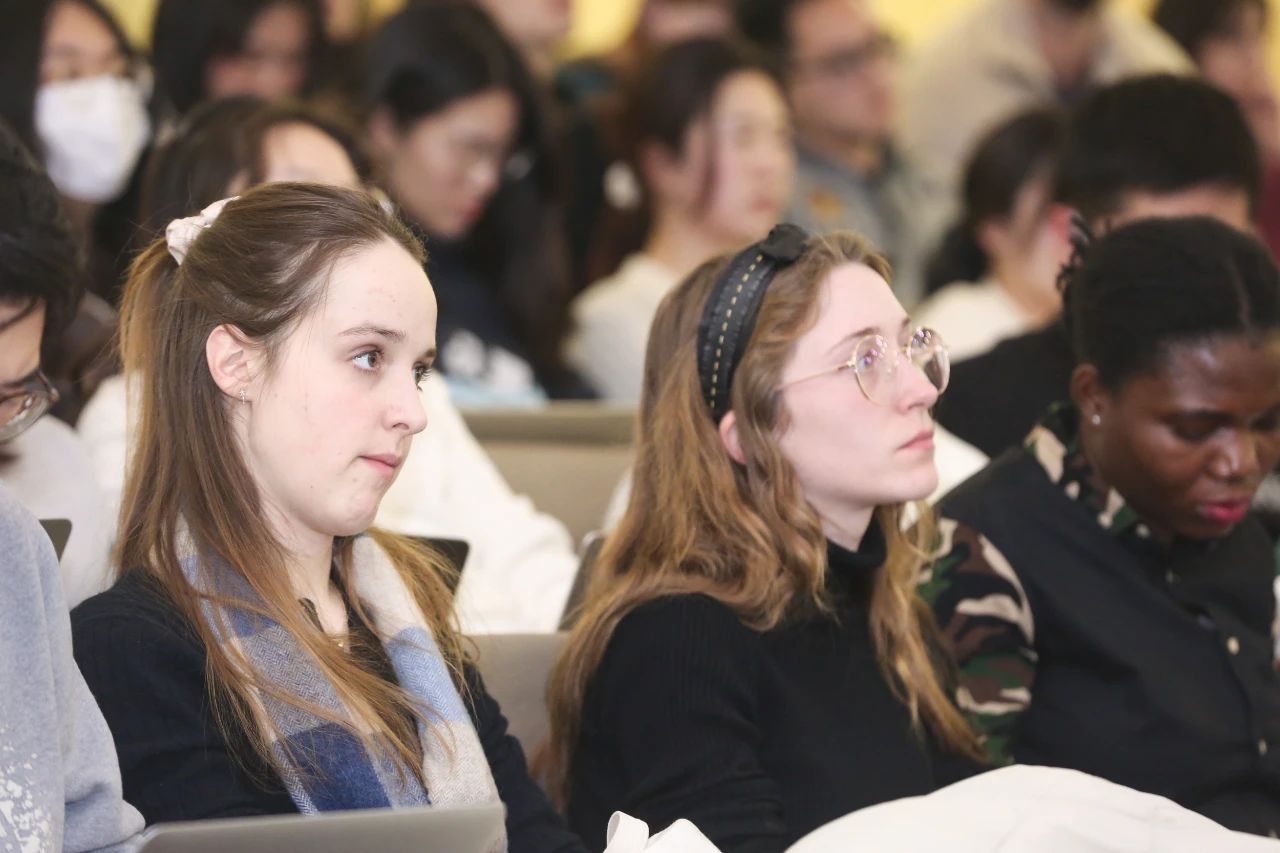
Furthermore, Dr. Zhao showed the class of attentive Yenching Scholars several pictures and questions surrounding the nature, style, and significance of the excavated artefacts. He discussed the debates about the protruding eyes of the bronze-masked artefacts, the bronze human head artefacts with different hairstyles (that, perhaps, show the local style of the region), the figures without masks (that, perhaps, reflect the real face of people at that time), and the full-body bronze statues whose hand-held items are missing. He emphasized that many have argued that the full-body bronze statues held ivory, and others believe they held scepters. In addition, Dr. Zhao stated that the most frequent animal-shaped items were birds, dragons, snakes, and tigers. Other items include multi-layered altars, bronze weapons (probably used for ritual activities rather than warfare), and jade.
More so, Dr. Zhao compared the characteristics of the Shang dynasty in the Central Plains and Sanxingdui, highlighting the difference between the Shang dynasty ancestor worship, reliance on military power, human sacrifices, and kingly orders, and Sanxingdui’s nature worship, minimal weaponry, lack of human sacrifice, and collective power. Many cultural relics at the Sanxingdui site are related to religious ceremonies full of the worship of various natural gods. For example, the estimated 3.9 meters tall bronze sacred trees are considered to be associated with the important and popular ancient book in China’s pre-Qin era, “The Classic of Mountains and Seas”, reflecting the mythical consciousness and nature worship of ancient people. Dr. Zhao added that these difference in the political structures of different regions of China in similar historical periods evokes a sense of political and cultural diversity in China.
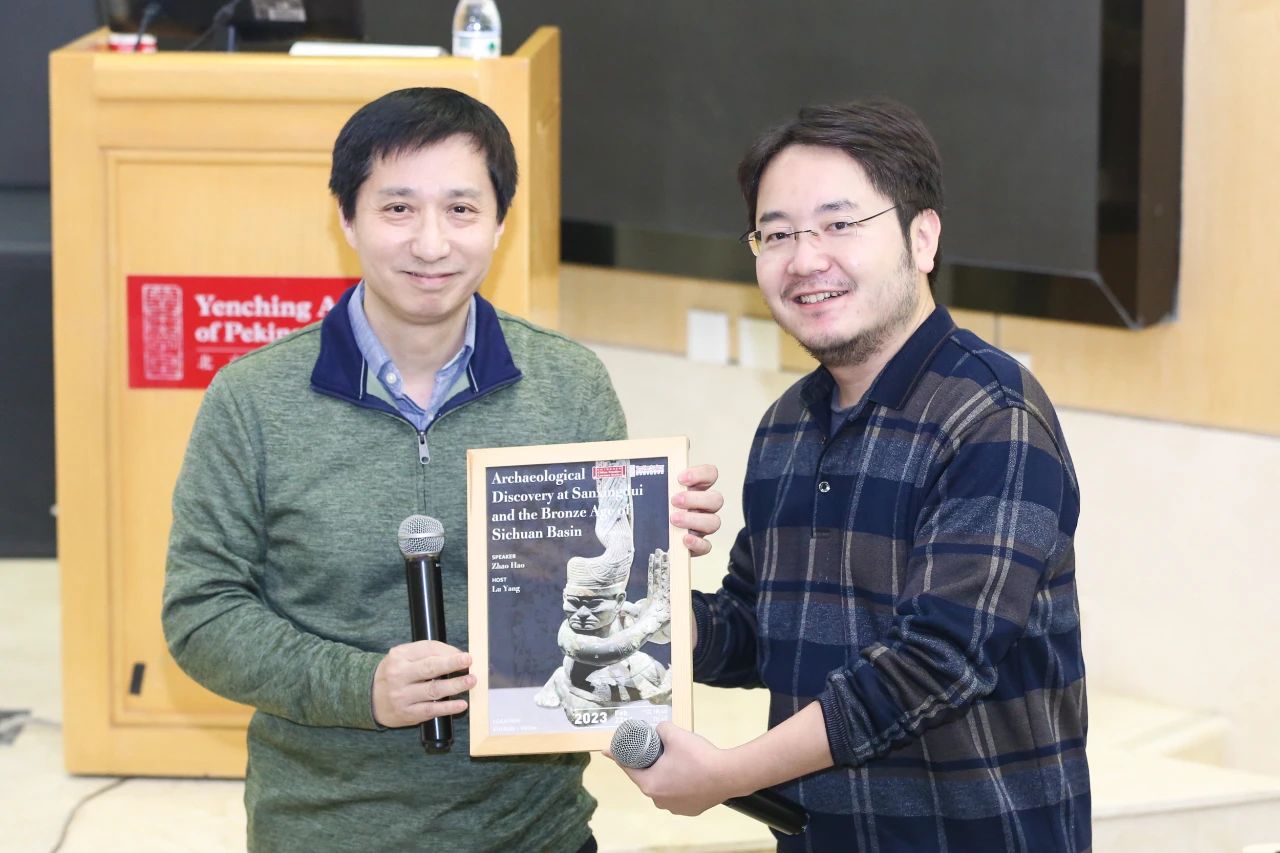
Students raised several questions at the end of Dr. Zhao’s presentation. One question pertained to how the people accumulated the materials used for their artistic designs, considering that the Sanxingdui culture was a more non-militarized theocratic society. Dr. Zhao noted that migration is an important hypothesis for understanding the Sanxingdui civilization. Another assumption is that the people of Shu joined the Western Zhou army to fight against the Shang Dynasty following tensions in the Shang and Zhou dynasties around the 11th century BC. Nevertheless, a large group of researchers believe that the Sanxingdui culture focused more on religious order than military power as it was relatively isolated and has a natural geographical barrier to resist an invasion. Similarly, there is the hypothesis that being close to the Qinghai-Tibet Plateau with rich natural resources allowed the society to cultivate a class of craftsmen to produce the artefacts, thereby achieving self-sufficiency in handicraft production.
Another question inquired into the trading and commercial contacts between Sanxingdui and other regions considering the discovery of sea shells at the sites. Dr. Zhao explained that the shells might have been used for decoration and currency for exchange as evidence exists of the widespread use of sea shells in other areas of the Central Plain as a form of exchange. In addition, he explained that two hypotheses had been put forward to explain the source of shells: first, the shells came from the Indian Ocean, through the mountain to Sichuan Basin for trading, an area on the so-called southern Silk Road; second, the shells originated from the South China Sea via Guangxi and northern Yunnan provinces, or Vietnam and suggesting the connections between the Sichuan Basin and the Yunnan-Guizhou plateau.

